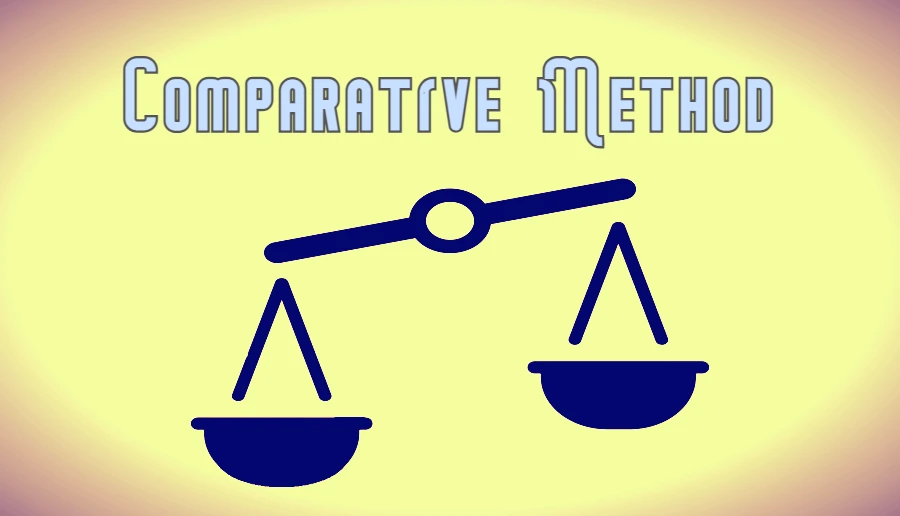Comparison is the best way to look at one subject of study in relation to another. In sociological research, the comparative method makes it possible to explain the development of social structure in time and space and can therefore help in formulating public policies to regulate the processes. Let’s explore the scope of the comparative method in sociological research.
What is the Scope of Comparative Method in Social Science Research?

Comparative Research Method
The comparative method is a tool that allows comparing and analyzing two or more elements, with the aim of testing a hypothesis or reaching new knowledge.
The comparative method consists of making systematic comparisons between variables (two or more) and understanding the similarities and differences, causes and consequences of the interaction between variables, which allows testing existing hypotheses and determining the relationships in mathematical terms.
The comparative approach has become a way that the human sciences have in their task of advancing and contributing to the understanding of the various topics of study. It has been widely used since the beginnings of modern social science and proof of this has been its incorporation into sociological, anthropological, political, legal, linguistic and historical analysis, among others.
When choosing the comparative method to apply in your research, you must know what characteristics identify it and, consequently, determine if it should be applied.
Like the scientific method, the comparative method must follow a series of steps for the knowledge achieved to be valid.
Max Weber employed comparative methods to understand variance. He attempted to show how differences between cultures explained the different social orderings that had emerged.
There is some debate regarding whether the label ‘comparative’ is suitable. Emile Durkheim argued that all sociological research was in fact comparative since a social phenomenon is always considered typical, representative, or unique, all of which involves some kind of comparison.
In this sense, all sociological analysis is comparative, and what is usually referred to as comparative research is perhaps more appropriately called cross-national research.
The Scope of comparative method in sociological research
The comparative approach is a valuable tool that has a wide scope in social science research and can be applied to a variety of topics and research questions.
Comparative research, for example, can be used to investigate the effects of different factors in different contexts, to explore the factors that contribute to differences in political systems across countries or to analyze the impact of various economic policies on social outcomes, which can help identify causal relationships and provide insight into the mechanisms that underpin social phenomena.
The comparative method of research can help establish correlations between family size and social mobility, between social class and educational attainment, between crime and urbanization, between urban living and divorce or delinquency rates, etc.
Comparisons can provide an analytical framework for examining and explaining sociocultural differences and idiosyncrasies. For researchers who adopt a normative perspective, comparisons have served as a tool for developing classifications of social phenomena and for determining whether common phenomena can be explained by the same reasons.
Edward Burnett Taylor used the comparative method in examining family-related institutions among primitive people and was able to show that the practice of avoiding a mother-in-law was related to a matrilocal residence system.
Emile Durkheim used this method in his book “The Rules of Sociological Method”. According to him, social explanation consists entirely of establishing causal links.
Durkheim in his work “The Division of Labor in Society” compared the legal systems of different societies at the same time and at different levels of development.
Moreover, Durkheim in his study of “Suicide” aimed to find out the social causes of suicide by relating suicide rates in different social groups to the characteristics of the groups.
Seymour Martin Lipset and Reinhard Bendix used this method to compare the rates of social mobility in different industrialized societies to show that these rates are largely subject to the stage or degree of industrialization.
Conclusion:
Comparison can be considered an intelligent procedure to examine a group of things in order to discover their relationships or to evaluate the degree of differences and similarities between them. A comparative analysis allows associating new knowledge with the view of the world.
The comparative method has a broad scope in social science research to analyze and explain similarities and differences across societies, identify the causes of social evils and problems, and take appropriate remedial actions on time.





